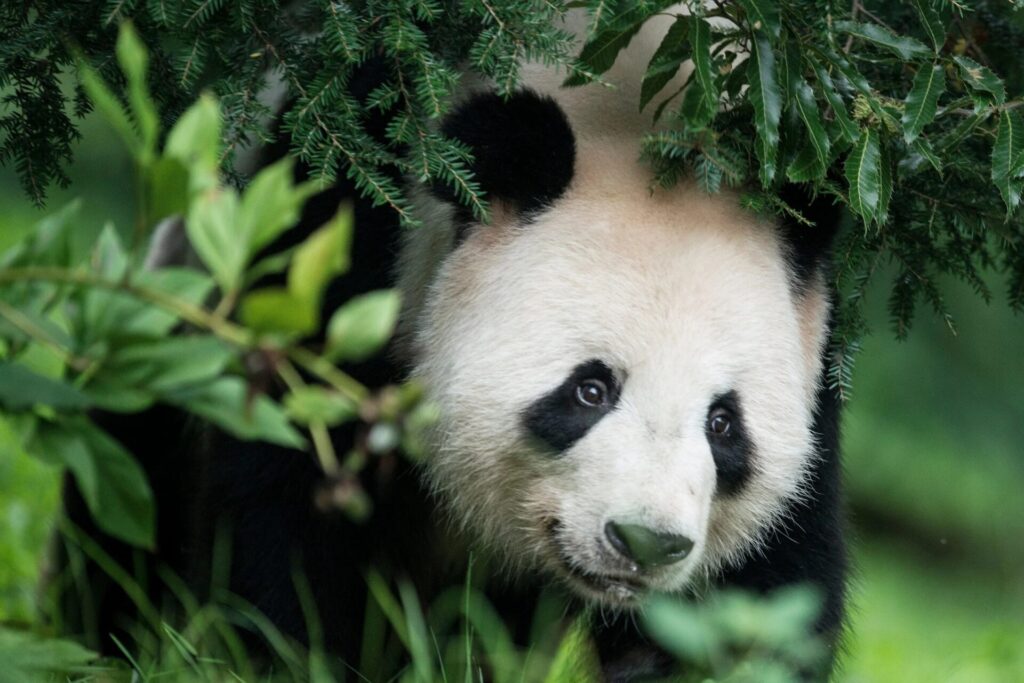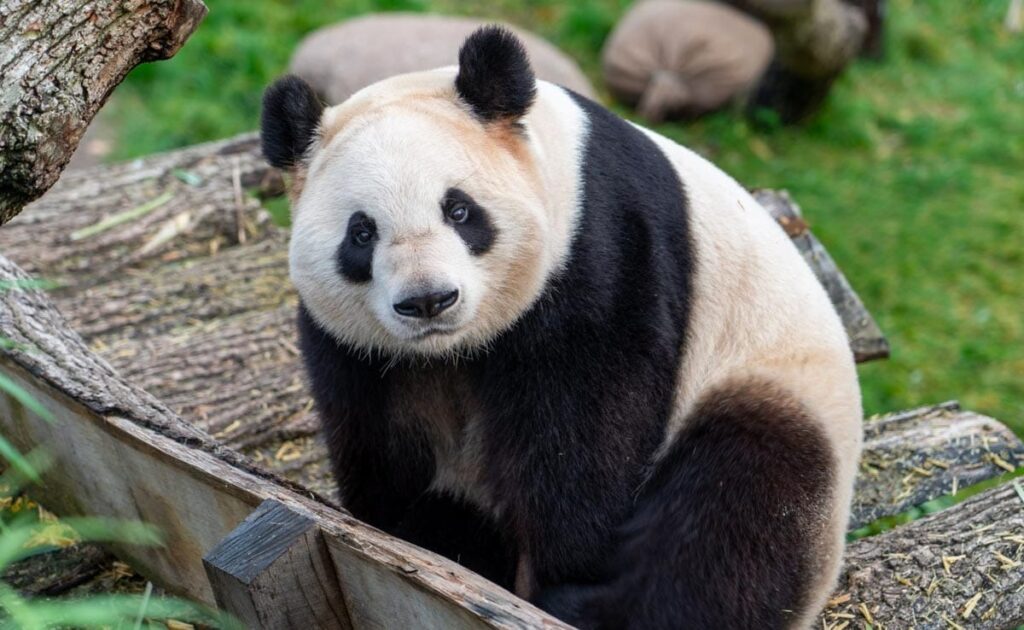
China’s practice of lending giant pandas to zoos in the United States and other countries has been a symbol of friendship and diplomacy for decades. However, recent developments suggest a shift in China’s approach to what’s known as “panda diplomacy.”

As loan agreements for giant pandas in various countries come to an end, China is collecting its beloved black-and-white bears. Three pandas at the National Zoo in Washington, D.C., are set to return to China by December 7th, with the possibility of the United States having no giant pandas for the first time since 1972 if no new agreements are reached. Similarly, pandas in the United Kingdom and Australia are also scheduled to return soon.
The shift in China’s stance on panda diplomacy has prompted speculation about its motives. Foreign policy analysts suggest that this move may be China’s way of signaling its dissatisfaction with the deteriorating relations between China and Western countries in recent years. “This may be one way of telling people that, ‘You’re not treating us very well, so maybe we’ll pull out our pandas,'” says Chee Meng Tan, an associate professor at the University of Nottingham in Malaysia, who specializes in panda diplomacy.

Panda diplomacy has deep historical roots and is a powerful tool for China’s “soft power” diplomacy. Giant pandas are not only one of China’s most recognizable symbols but also serve as adorable ambassadors of goodwill. The practice involves China gifting or loaning pandas to other nations as a gesture of friendship and diplomacy.
While the practice dates back to the Tang Dynasty in the seventh century, it became particularly prominent in the 20th and 21st centuries. China has offered pandas to countries like the United States, Japan, the United Kingdom, France, and Germany. In recent years, pandas have been leased rather than given as gifts, often accompanied by substantial fees and conditions.

The significance of giant pandas in U.S.-China relations can be traced back to 1972 when President Richard Nixon made his historic visit to communist China. During a dinner in Beijing, First Lady Pat Nixon expressed her fondness for giant pandas to Chinese Premier Zhou Enlai. As a goodwill gesture following the visit, China gifted two giant pandas, Ling-Ling and Hsing-Hsing, to the American people. These pandas arrived at the National Zoo in Washington, D.C., in 1972.
Since then, giant pandas have been symbolic in fostering ties between China and the rest of the world. The National Zoo has had several pairs of pandas over the years, with the latest pair, Mei Xiang and Tian Tian, producing a male cub named Xiao Qi Ji in 2020.

The future of panda diplomacy remains uncertain, as China’s decision to recall its pandas leaves many countries without these beloved animals. It also raises questions about the evolving dynamics between China and the West in an increasingly complex global landscape.

Leave a Reply